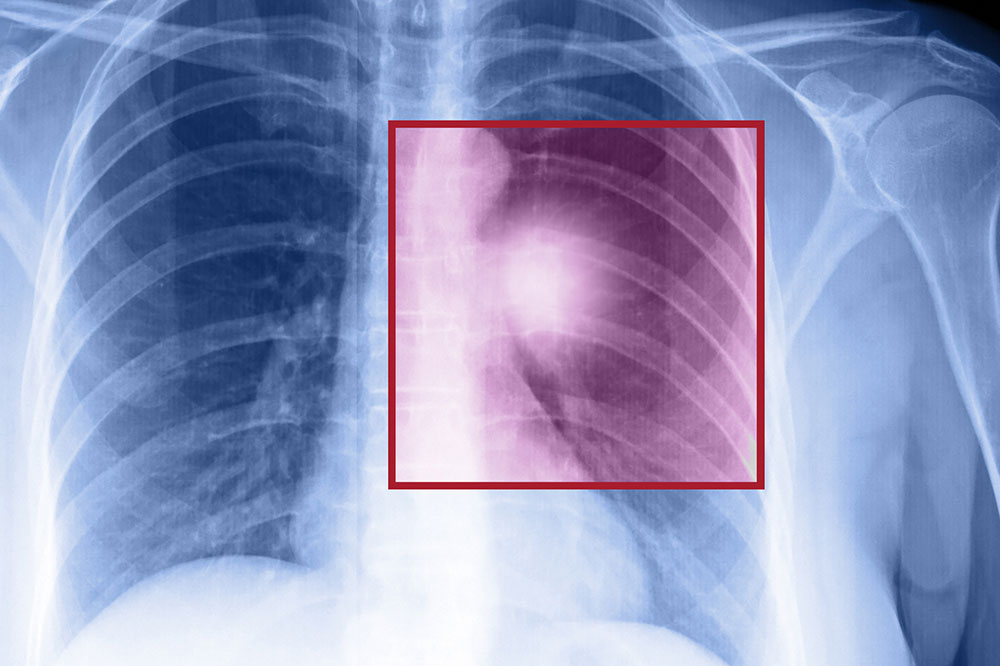Comprehensive Guide to the Top 3 Nicotine Patches for Effective Smoking Cessation
This comprehensive guide explores the top three nicotine patches that support smoking cessation. It details how these patches work, their benefits, potential side effects, and additional medical uses. Discover how nicotine patches can help you quit smoking safely and effectively, backed by decades of medical research and user success stories.

Comprehensive Overview of the Leading Nicotine Patches for Quitting Smoking
Overcoming nicotine addiction and quitting smoking is a significant challenge faced by millions worldwide. The dependency created by nicotine, combined with psychological habits, makes the process complex and often requiring multiple strategies. Fortunately, advancements in medical therapies have provided effective solutions, among which nicotine replacement therapy (NRT) plays a pivotal role. Nicotine patches, in particular, have gained immense popularity due to their convenience and proven efficacy in aiding smokers to break free from cigarettes gradually.
Nicotine patches are designed to deliver nicotine transdermally, directly through the skin into the bloodstream. They mimic the nicotine delivery from smoking but at a controlled rate, reducing withdrawal symptoms and curbing cravings over time. These patches come in various strengths to accommodate different levels of dependence, and their use is generally part of a comprehensive smoking cessation plan that includes behavioral therapy and support.
Here, we explore three of the most widely used and trusted nicotine patches available on the market: NicoDerm CQ, which has been a leader in nicotine transdermal therapy for over two decades, providing consistent and discreet nicotine delivery; Habitrol Nicotine Patches, known for their controlled release mechanism suitable for gradual dose reduction; and Equate Nicotine Patches, which cater to both light and heavy smokers, offering versatile options tailored to individual needs.
Possible side effects from using nicotine patches can include skin irritation, mild tingling sensations, headaches, sleep disturbances, or vivid dreams. Although side effects are generally manageable, it’s essential to monitor their occurrence and consult healthcare providers if symptoms persist or worsen. Despite these minor concerns, nicotine patches are a far safer alternative to continued smoking, drastically reducing exposure to harmful tar and chemicals found in cigarettes. Regular and correct usage enhances the chances of successfully quitting smoking permanently.
Beyond smoking cessation, nicotine patches have found applications in other medical fields. They are utilized in managing early symptoms of dementia, alleviating post-surgical pain, and addressing certain mental health conditions such as anxiety disorders, ADHD, depression, Tourette’s syndrome, and Alzheimer’s disease. Moreover, research suggests their potential in reducing symptoms of ulcerative colitis. It is crucial to emphasize that these uses should always be under medical supervision, as self-medicating with nicotine patches can pose health risks, especially for individuals with specific conditions like Crohn’s disease.
Understanding the proper application, potential risks, and benefits of nicotine patches can empower individuals seeking healthier alternatives to smoking. Combining these patches with behavioral support increases the likelihood of success in quitting smoking and improving overall health. Always seek professional medical advice before starting any new treatment regimen to ensure safety and effectiveness.





